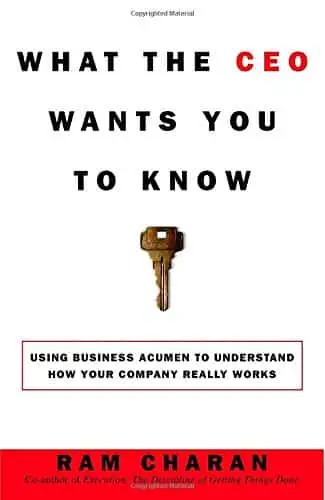The Uber Files confirmed what had long been reported: top executives knowingly flouted the law to run a venture capital-fuelled war against workers’ rights, public transport and government itself.
On Monday, a coalition of media outlets across the world published revelations about the inner workings of the Silicon Valley technology company based on 124,000 leaked emails, texts, invoices and internal documents from 2013-2017.
These, combined with a corpus of reporting about the company under the leadership of founder Travis Kalanick, who resigned as CEO in 2017, show that Uber’s real success was using billions of dollars of investors’ money to convince the world it was “innovative” rather than just “illegal”. Actually, that’s not entirely fair — the company did pioneer new ways to evade and break the law, too.
At the core of Uber’s business was an exploitative business model that relied on a new class of underpaid, insecure workers now accessible due to the invention of the smartphone. Combined with access to a flood of cash from investors desperate to park their money somewhere useful in a global low-growth environment, this allowed the tech company to rapidly receive a multibillion-dollar valuation with tens of millions of users in dozens of countries across the world.
Sign up to WebCam, Cam’s fortnightly newsletter for FREE.
The company courted a generation of users who were lured in by a useful product with a seamless user experience at an unbelievable price. People based life decisions around where to live and whether to buy a car around a heavily subsidised product that relied on a supply of cheap labour willing to work in difficult and sometimes dangerous conditions. This, of course, didn’t last.
It wasn’t just individuals who were bought off. Governments who had once fought against the insurgent tech company soon embraced them even though Uber’s long-term goal was always to kill off its competition — which included public transport.
When the company went public in the US, it earmarked public transport as a market it could steal. Cities across the US began to subsidise Ubers instead of expanding public transport — something that NSW was seriously considering, too. Other state governments allowed Uber to enter into government programs that would allow them to get subsidies. After waging war on governments for being out-of-touch dinosaurs, the company was all too happy to partner with them when it suited.
Fast forward to 2022. Uber and the Transport Workers Union have just agreed to a landmark agreement that gives them a minimum earnings “safety net” and other protections not previously granted to them. Costs on the ridesharing app have skyrocketed as the company tries to turn a profit. Low unemployment and rising petrol prices mean that the company is facing a shortfall of people willing to drive for the service. In effect, the literal subsidies by venture capitalists and the effective subsidies by drivers working for below minimum wages have ended. What the company has to show for it is a single quarter of profit in the last quarter of 2021 and a goal of “meaningful positive cash flows” for all of 2022.
The Uber Files show how the company used its near-infinite war chest to fight a dirty guerilla war against unions, regulators and governments. While touting itself as a technological innovator, Uber’s true innovation was convincing customers, workers and governments that it was building rather than destroying.



